What is Antisemitism?
Despite the common historical knowledge of European Jew-hatred, the media and academia have shied away from discussing the antisemitism that has developed in the Middle East. For years, before the IHRA (International Holocaust Remembrance Alliance) definition was adopted, it was common to believe that antisemitism was only a serious issue on the European far right.
While it is true that the far right does tend to be antisemitic, they are far from alone in their hatred of Jews. Some would excuse antisemitic attitudes in the Arab world as being “anti-colonial” or “anti-Zionist,” in some way justified against Israel.
This is a distortion of ethics that puts aside thousands of years of persecution against a minority seeking self-determination.
To understand why, It’s important to actually define antisemitism, and for that, we consider the IHRA definition mentioned above:
“Antisemitism is a certain perception of Jews, which may be expressed as hatred toward Jews.”1
What this means, and is explained in detail as part of the definition, is, in addition to every classical trope that has defined Jew hatred for millennia, antisemitism is also the perception of Jews, Jewish institutions and Israel as collectively responsible or guilty of crimes, real or imagined, and as a result to expect and demand things or act against Jews, Jewish institutions and the Jewish state in a way that would be applied to no other ethnic group.2
These attitudes are all too common in the Arab world; poll after poll has shown that antisemitism is widespread and deeply ingrained in Palestinian and Arab society; when surveyed in 2019, it became apparent that 93% of the adult population of the Palestinian territories holds antisemitic views,3 and similar percentages can be found across the Arab world.
Where did Arab Antisemitism come from?
These views, despite the constant framing of the Jewish experience in the Middle East through the Israel-Palestine conflict, did not come out of the ether due to the foundation of the State of Israel.
While it is true that Jews in the Middle East faired on average better than in Christian Europe and were afforded more opportunities, Jews were still the accessible other, treated as inferior and taxed as “Dhimmis”.
This term initially meant believers in other monotheistic religions and, therefore, more worthy than polytheists. Still, Dhimmi, over time, became a byword for a second-class citizen, restricted and ghettoised. Jews, throughout history, were subjected to blood libels, arbitrary persecution and deadly pogroms throughout the Arab world.4
As Dhimmis, Jews were forced to live in specific areas and wear distinctive clothes, declare subservience to Muslims, and were unable to defend themselves legally against the testimony of a Muslim.5 This fed into a common perception of Jews as an underclass in Arab society.
The status of Dhimmis had not changed much by 1906, with H.E.W. Young, British Vice Consul in Mosul, writing:
“The attitude of the Muslims toward the Christians and the Jews is that of a master towards slaves, whom he treats with a certain lordly tolerance so long as they keep their place. Any sign of pretension to equality is promptly repressed.”6
European Antisemitism in the Arab World
Modern Middle Eastern antisemitism emerged in the 1800s. Seen against the backdrop of this history of the Jews as Dhimmis, European antisemitism was imported into the Middle East through Christianity, and common classical European Christian perceptions of Jews (such as the blood libel of Jewish ritual killings) became far more prevalent, adding to the Islamic concept of Jews as second-class citizens.
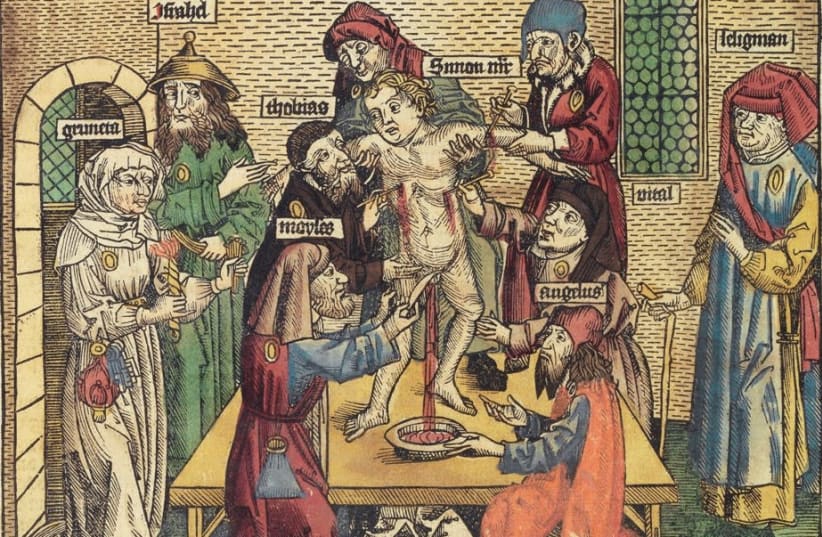
The most famous example of this was the Damascus blood libel in 1840, accusing the Jews of Damascus of ritually killing a Catholic friar7 and his Muslim servant.8
At the time in Syria, the Ottoman ruler Muhammed Ali, who was trying to gain favour with the European powers, had given Christians elevated rights, social power, and influence in his court.
The Catholics circulated the blood libel to the Ottomans without evidence, and Muhammed Ali and the Syrian authorities arbitrarily arrested and tortured Jews and kidnapped 63 Jewish children, spreading false accusations across the Ottoman Empire and Europe.9
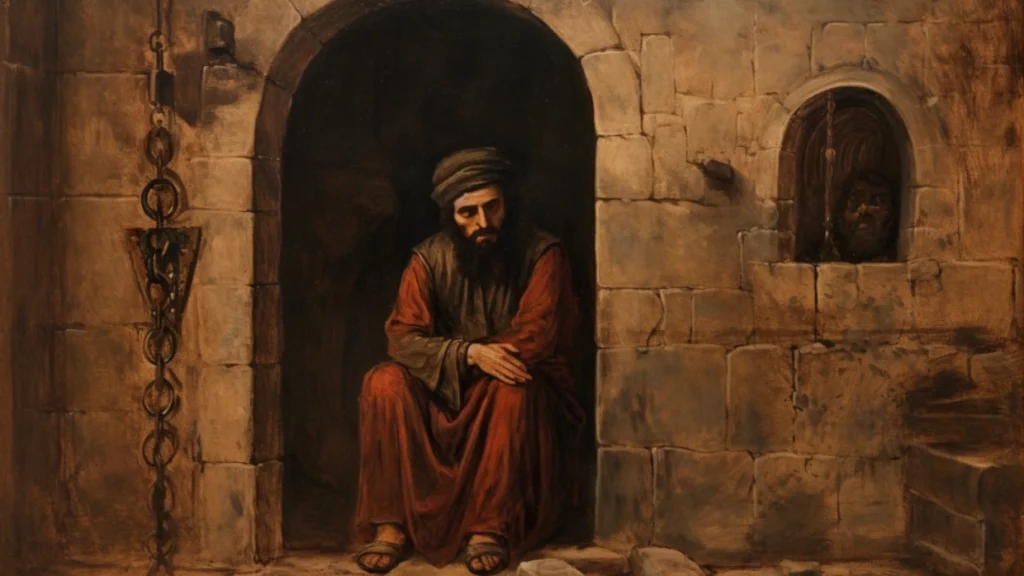
Damascus was only the most famous of countless anti-Jewish acts of violence and persecution10. Imported European antisemitism created a new perception of Jews in the Arab world as not only an inferior underclass but malign as well, and this perception of Jews spread to what was then called Ottoman Palestine.
In 1834, years before Jews began migrating to Ottoman Palestine, the Ancient Jewish community of Safed was subject to a deadly pogrom. With tension high due to a wider revolt, Arabs were driven to attack the defenceless Jewish population for 33 days burning Torah scrolls, looting, raping and murdering.11 The local Muslim cleric Muhammad Damoor was quoted as saying:
“True believers would rise up in just wrath against the Jews and despoil them of their gold and their silver and their jewels“12.
Showing how everyday European-style antisemitism had become in Ottoman Palestine.
The Start of Modern Palestinian Antisemitism

Against a population primed over centuries against Jews, the aspirations for a Jewish home in Ottoman and then British Mandatory Palestine grew and starting in the 1880s, Jews began migrating and purchasing land to build a state in their ancestral home.
The land at the time was sparsely populated, uncultivated and barren, with around 600,000 Ottoman peasants, semi-nomads, Bedouins and the small ancestral Jewish population.
When Jews arrived, they began to build settlements and cultivate the land. Surprisingly, at the time, even opponents of Zionism, such as Dawood Barakat, editor of the Egyptian newspaper Al-Ahram, believed this would contribute to improved conditions for Arabs in Palestine:
“It is absolutely necessary that an entente be made between the Zionists and Arabs because the war of words can only do evil. The Zionists are necessary for the country: The money which they will bring, their knowledge and intelligence, and the industriousness which characterises them will contribute without doubt to the regeneration of the country.”1314
Barakat, embodying even positively the implicit antisemitic association of Jews and wealth, would be proven right by the economic boom caused by Jewish state building and agriculture where there had only previously been desert; however, there was no entente.
Despite migrating to Ottoman Palestine from across the Arab world in increasingly larger numbers, Arabs, newly enriched by the growing economy, the draining of malarial swamps and improved sanitation and healthcare,15 did not enjoy living among Jews.
Despite the high prices paid to wealthy Ottoman Landlords for small strips of poor-quality, uncultivated land, and in general avoiding the land owned by the poor fellahin (smallholders), Arabs rioted over the Jewish presence, believing it was infringing on their own.
The Peel Commission (started in response to 1936 anti-Jewish Arab Nationalist violence that killed 86 Jews) revealed this to be untrue. Jewish land was bought previously unsettled, and the Arab population had swelled in Arab towns, and villagers rather than the Jewish population had displaced them.16
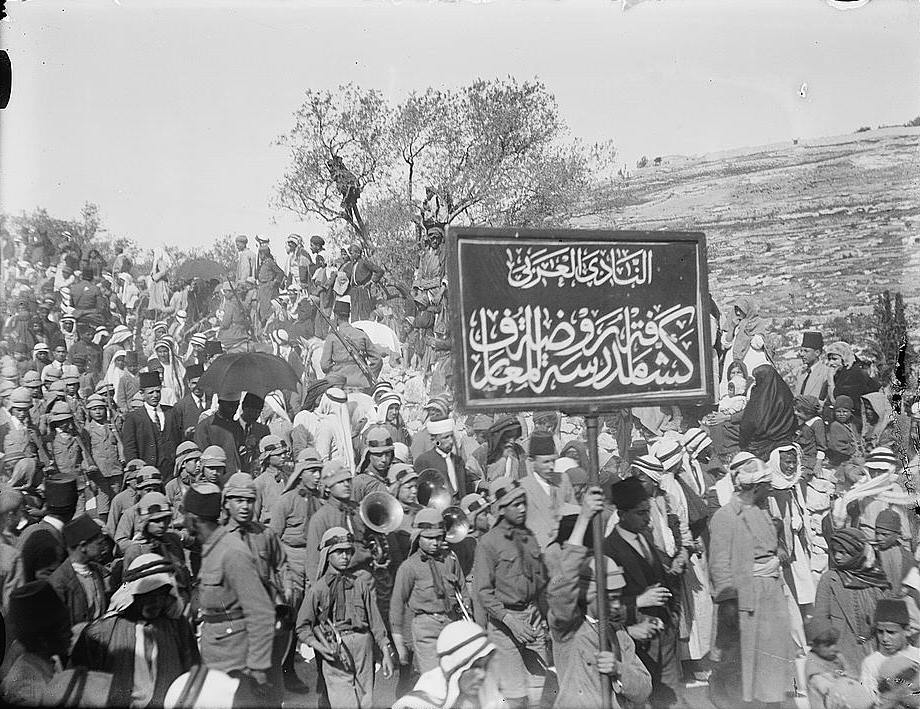
Negative perceptions of Jews made equality a challenging prospect for many Arabs to accept, and conspiracies and blood libels such as Damascus were common cultural norms at that point.17
The Grand Mufti, Hitler and Organised Arab Violence
We can see now how the antisemitic incitement of the Arab elite in pursuit of Arab National dominance led the groundwork for the virulent demonisation and Nazi belief systems found in modern Palestinian Society18
No one demonstrated this more than a man named Haj Amin el-Husseini, the Grand Mufti of Jerusalem from 1921 (a spiritual leader, though without a religious background) who fomented riots to attack Jews and try to force their expulsion. They killed eight Jews and injured 200 more in just two attacks.19
Al-Husseini promoted the libel that “al-Aqsa (the Mosque on the temple mount) is in danger” from the Jews20. He spread the false story that Jews were planning to destroy the al-Aqsa mosque and build a Jewish temple in its place, causing even greater incitement to the rioters.
Al-Husseini was behind the previously mentioned extreme antisemitic violence during the 1920s-30s. He led deadly riots against Jews, killing 43 in 1921, 133 in 1929,21 22 and a significant revolt against the British and Jews in the 1930s. During this revolt, over 200 civilians died and over 1300 injured23, including Arabs who disagreed with al-Husseinis vitriol.24
The Grand Mufti framed his antisemitism through both European tropes and Islamic religious supremacy:
“The Jewish struggle against Arabs is nothing new for us, except that as time passed, the location of the battlefield changed. Jews hate Muhammad and Islam, and they hate any man who wishes to advance the prosperity of his people and to fight against Jewish lust for possessions and Jewish corruption.
We, the Muslims, must always bear in mind the Khaibar feast. If the Jews betrayed Muhammad in such a way, why wouldn’t they treacherously persecute us today with the purpose of destroying us?!”
He uses a common theme in Anti-Zionist literature, of the 8th century Conquest by Muhammed of the Jewish town of Khaybar. The purpose is to glorify violent Islamic supremacy over the Jews. In the 1980s, this became a common pro-Palestinian rallying cry invoking the religiously motivated killing of Jews:
Khaybar Khaybar yā Yahūd, jaysh-i Muḥammad sawf-a ya’ūd – Khaybar, Khaybar O Jews, the army of Muhammad will return”.25
In 1941, Al-Husseini went to Berlin seeking to ally himself with Adolf Hitler, with whom he made common cause in his antisemitic crusade. He sought to convince Hitler to extend the Holocaust to the Arab world26, declaring:
“The Arabs were Germany’s natural friends because they had the same enemies as had Germany, namely….the Jews….”
Hitler agreed in principle, only refusing as a matter of timing at that point during the Second World War, responding that:
“Germany stood for uncompromising war against the Jews. That naturally included active opposition to the Jewish national home in Palestine….Germany would furnish positive and practical aid to the Arabs involved in the same struggle.”27
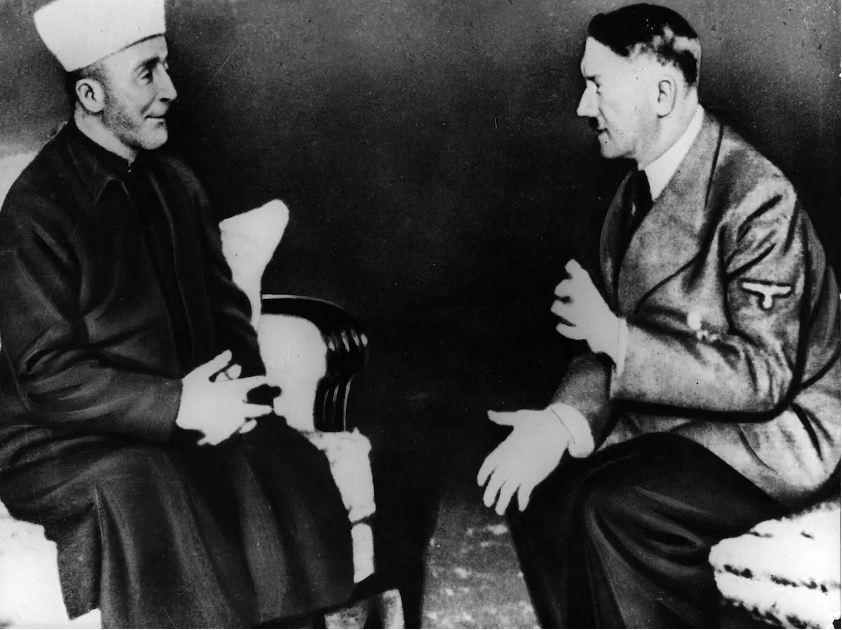
Since the Grand Mufti, Palestinian and Arab Nationalism became hopelessly intertwined with European antisemitism, Mein Kampf became 6th on the Palestinian best-seller list when translated into Arabic in 1963.28
The Expulsion of Jews in the Middle East
The situation for Jews in the rest of the Arab world (The Mizrahi Jews) had become increasingly precarious over the early 20th century; antisemitism was commonplace.
In Morrocco, Jews were forced to walk barefoot on straw outside the ghetto, and children were encouraged to throw stones at them.
Egypt created nationality laws in the 1920s that defined citizens as Arabs or Muslims, explicitly excluding Jews. Iraq prohibited Jewish history and Hebrew language instruction in schools during the 1920s.
This societal antisemitism bubbled over into multiple massacres in the years preceding the founding of the State of Israel.
In 1941 driven by the promotion of Nazi ideology, the pogrom known as Farhud (Arabic for violent dispossession) began in Iraq; thousands of Iraqi Muslims armed with swords, knives and guns looted and slaughtered the Jewish community.
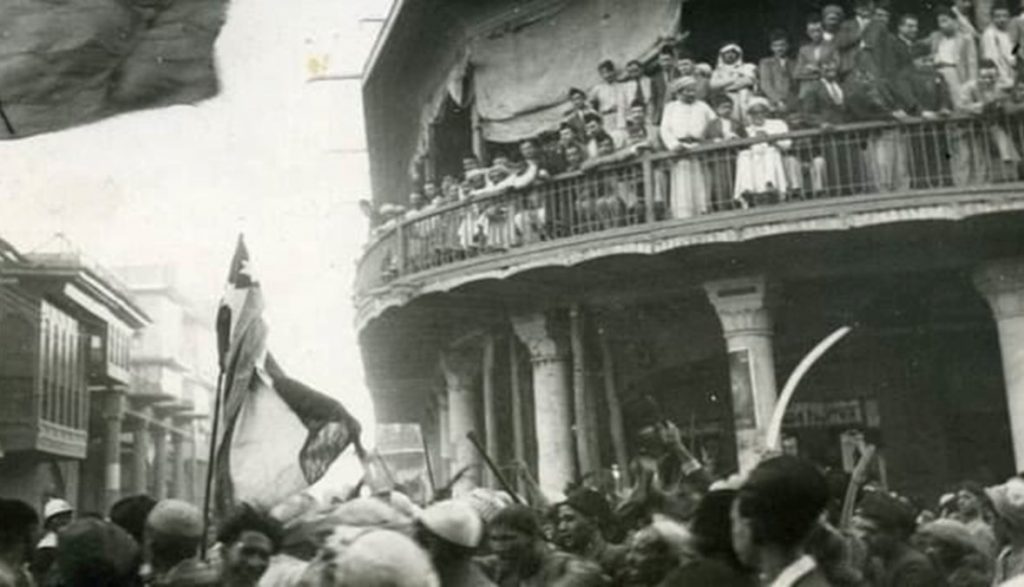
180 Jews were murdered, over 900 were wounded, women were raped, and 900 homes were destroyed; Jewish life in Bagdad was decimated.293031
“[Steve Acre] … climbed a palm tree in the courtyard when the violence began. He still remembers the cry “Cutal al yehud” which translates as “slaughter the Jews”…
“Later lots of men came outside and set the house on fire. And the men were shouting like from joy, in jubilation holding up something that looked like a slab of meat in their hands.”
“Then I found out, it was a woman’s breast they were carrying – they cut her breast off and tortured her before they killed her, my mother’s best friend, Sabicha.”32
After World War Two in Tripoli, Libya, 130 Jews were murdered in another pogrom over three days of violence and desecration of Synagogues and horrific acts of brutality against Jews, including women, children, and the elderly. Libya would go on to strip Jews of voting rights in 1951.
The explicit yet understated threat to the Jews of the Arab world was put by the Syrian Delegate to the UN in 1947;
“Unless the Palestine problem is settled, we shall have difficulty in protecting and safeguarding the Jews in the Arab world.”3334
After the Founding of the state of Israel in 1948 (you can read more in our article on Zionism), the looting, rioting and pressure to leave only intensified; however, at first, many Jews were barred from leaving, preventing them from fleeing the persecution to Israel. In Iraq, for example, Jews were only allowed to leave in 1950 on condition they give up all their property possessions and money; by 1952, only 2,000 of 150,000 were left.35
850,000 Jews were expelled from the Arab world in the 20 years following the war, deprived of all property rights and citizenship.3637
This number exceeded the number of displaced Palestinians following the Israeli War of Independence by almost 100,000 people, many of which found sanctuary in Israel.38. They are now the majority of the Jewish population there.39
Palestinian Antisemitism
Israel’s foundation in the 1948 victory against multiple Arab armies while displacing many Arabs was set against a social backdrop of centuries of Jewish submission, European canards and, more recently, Nazi ideology.
The opposition of Palestinian Arabs to a Jewish state proved to be more than a simple territorial dispute. The visceral, uncompromising, religious and emotional response among Arabs to the concept of a Jewish state in the Levant led to decades of war and terror leading into the present day.
Palestinians became one of the first groups to pioneer terror to political ends; those ends being, in the words of the PLO and then Hamas, the destruction of Israel and the Jewish state.
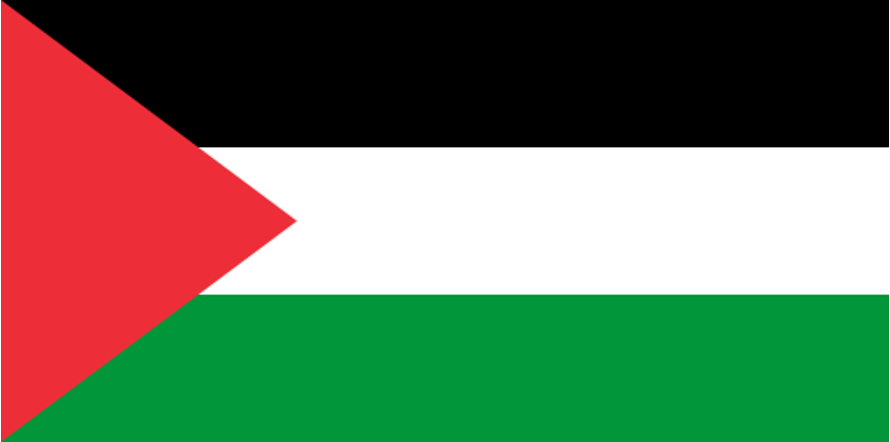
The PLO under Yasser Arafat adopted the flag of the 1916 Arab revolt in 1964; the colours are intended to evoke a violent struggle:
“Ask the high rising spears, of our aspirations
Bring witness the swords, did we lose hope
We are a band, honor halts our souls
Of beginning with harm, those who won’t harm us
White are our deeds, black are our battles,
Green are our fields, red are our swords.”
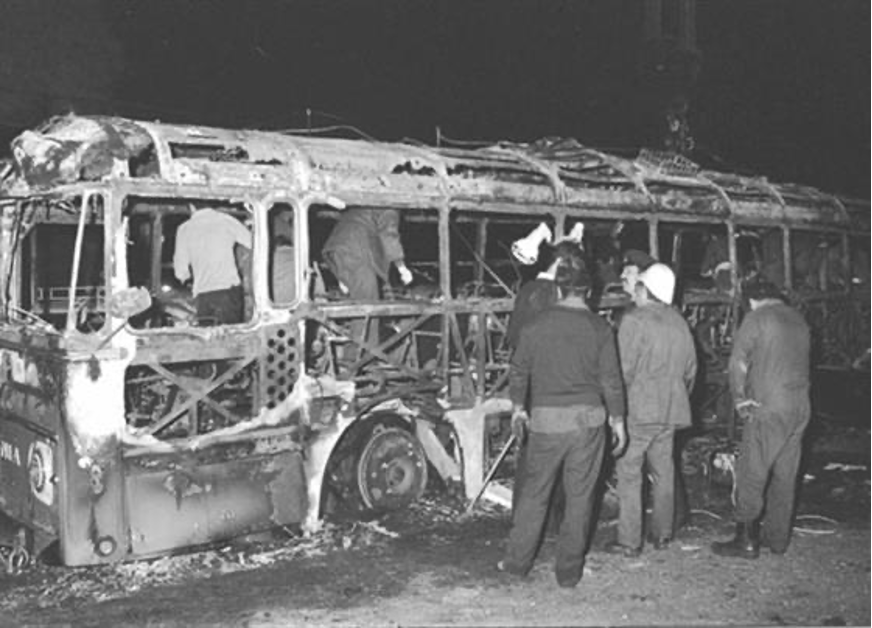
Terror tactics evolved and intensified. The First Intifada in 1987 saw a campaign of shootings and hijacking of Israeli buses.
Following the Oslo Accords in 1993, signed as a result of the terror of the first Intifada and Israeli appetite for peace, the Palestinian Authority, under
Yasser Arafat’s leadership established a comprehensive educational system that promoted violent animosity towards Jews and Israel.
This system of violently antisemitic media and textbooks remains and colours Palestinian perception of Jews and Israel to this day. The indoctrination campaign utilised various media, including textbooks, summer camps, newspapers, radio, and television.


The content of this educational material included traditional Muslim anti-Jewish slurs and antisemitic tropes borrowed from European sources following the previous historical patterns.40
The bloodier second Intifada erupted in this context between 2003 and 2006 73 suicide bombings targeted Jews and claimed almost 300 lives 70% of which were civilian; the resulting conflict claimed a further 5000 lives, both Israeli and Palestinian.
A particularly harrowing episode, Noam Weissman recounts the story of two IDF reservists, Yossi Avrahami and Vadim Nurvhitz:
“On October 12th 2000, two Israel Defense Force reservists, made a wrong turn and accidentally entered the city of Ramallah. Palestinian police stopped them and took them to a police station. The atmosphere in the city was tense at that time, as thousands had just attended the funeral of a 17-year old killed in clashes with Israeli troops.
An angry mob numbering more than 1,000 assembled in front of the police station demanding the death of the Israelis. It wasn’t long before they stormed the building and murdered the two soldiers.
There are some murky details, but here is what we know. A crowd of rioters stormed the building and stabbed and beat the soldiers to death. In one of the most ghoulish episodes of the conflict, a young Palestinian man appeared at the window of the police station to proudly show his hands — soaked in the blood of the Israeli soldiers — to the public, who responded with cheers. The mob brutalized and mutilated their corpses, then dragged them to a central square for celebrations.
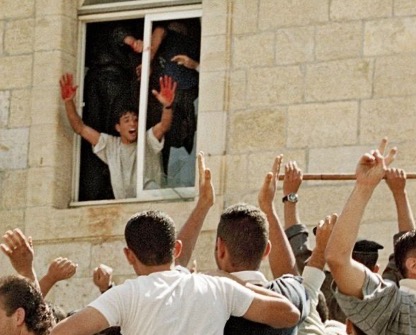
The image of the young Palestinian showing off his blood soaked hands in the window of the police station as if in “some frenzied pagan dance” to quote Nusseibeh, is terrifying and has left a deep scar on Israeli society.”41
Notably, Palestinian media and education systems have consistently glorified terrorists who have killed Israeli civilians, portraying them as military heroes. This glorification of violence has contributed to the perpetuation of terror attacks against Israeli citizens.
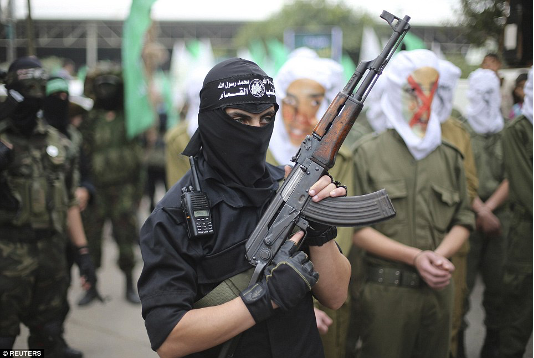
Despite the agreement of the PA to accept that Israel exists, there still remains the policy of paying salaries to terrorists imprisoned in Israel. This practice, introduced by Mahmoud Abbas, actively incentivises acts of terror against Israeli civilians. The salaries are proportional to the length of prison sentences, meaning that more severe crimes against Israelis and Jews result in higher payments.42
October 7th
Israel disengaged entirely from Gaza, the territory it had occupied in 2005, removing its own civilians and leaving a developed infrastructure. The terrorist organisation Hamas was then elected, becoming its democratically elected government. The goal of Hamas remained to destroy Israel and the Jews that live there.
Hamas, through sporadic attacks and missile strikes against Israeli civilians, would continue to terrorise Israel while building the infrastructure to eventually perpetrate a slaughter of Jews on a scale not seen since the Arab riots under the Mufti.
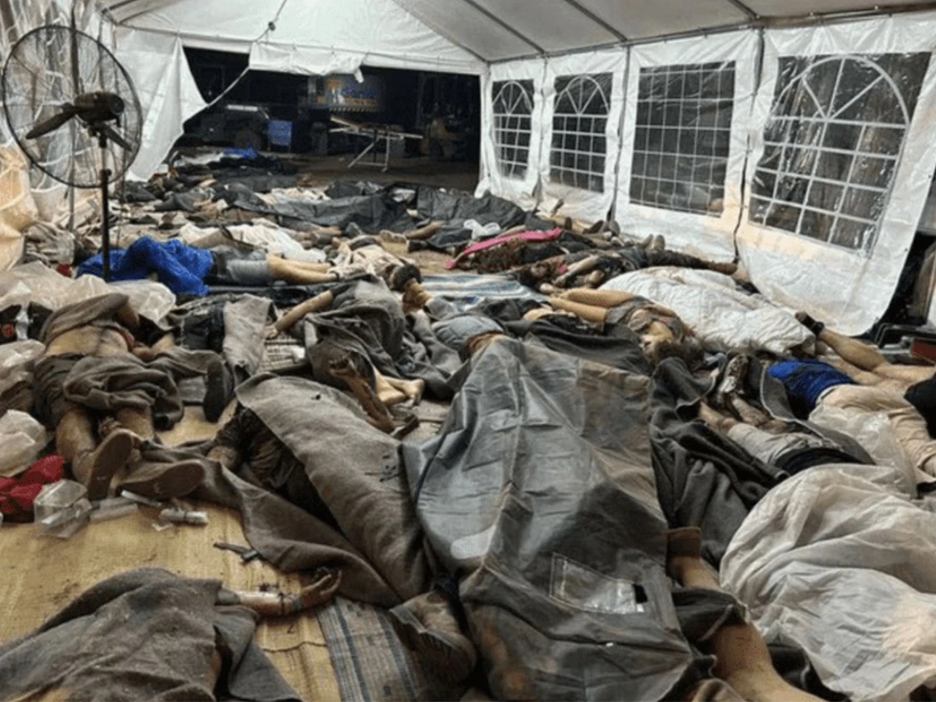
Read and watch more accounts and evidence from survivors and eyewitnesses on our memorial:
Footnotes
- ↩ https://holocaustremembrance.com/resources/working-definition-antisemitism
- ↩ ibid
- ↩ https://www.adl.org/resources/press-release/adl-poll-over-100-countries-finds-more-one-quarter-those-surveyed-infected
- ↩ G. E. Von Grunebaum, Eastern Jewry Under Islam, 1971
- ↩ Cohen, Mark R. (1995). Under Crescent and Cross: The Jews in the Middle Ages
- ↩ Middle Eastern Studies, (1971), p. 232.
- ↩ https://en.wikipedia.org/wiki/Damascus_affair
- ↩ https://aish.com/the-damascus-affair/
- ↩ https://www.britannica.com/topic/blood-libel
- ↩ See our list of Arab Violence Towards Jews (1785-1948)
- ↩ https://en.wikipedia.org/wiki/1834_looting_of_Safed
- ↩ Alexander William Kinglake (1864). “XXIV: The Prophet Damoor”
- ↩ Neville Mandel, “Attempts at an Arab-Zionist Entente: 1913-1914,” Middle Eastern Studies, (April 1965), p. 243.
- ↩ https://blogs.timesofisrael.com/truth-hurts-fall-of-canadas-selina-robinson-over-crappy-palestine-comment/
- ↩ https://www.jewishvirtuallibrary.org/the-arabs-in-palestine
- ↩ https://www.britannica.com/event/Peel-Commission
- ↩ https://balfourproject.org/balfour-in-the-levant/
- ↩ https://www.jewishvirtuallibrary.org/palestinian-anti-semitism-history-and-overview
- ↩ Jewish Virtual Library. (n.d.). Arab Riots of the 1920’s. from https://www.jewishvirtuallibrary.org/arab-riots-of-the-1920-s
- ↩ Black, E. (2014, October). How the Mufti of Jerusalem created the permanent problem of Palestinian violence. The Tower, from https://www.thetower.org/article/how-the-mufti-of-jerusalem-created-the-permanent-problem-of-palestinian-violence/
- ↩ Jewish Virtual Library, Arab Riots.
- ↩ CAMERA. (n.d.). Anti-Jewish violence in pre-state Palestine: 1929 massacres., from https://www.camera.org/article/anti-jewish-violence-in-pre-state-palestine-1929-massacres/
- ↩ United States Holocaust Memorial Museum. (n.d.). Hajj Amin al-Husayni: Arab nationalist and Muslim leader. Holocaust Encyclopedia. from https://encyclopedia.ushmm.org/content/en/article/hajj-amin-al-husayni-arab-nationalist-and-muslim-leader
- ↩ Kopel, H. (2023, 24 September). De-Nazify the Palestinian leadership. JNS. from https://www.jns.org/israel-palestinianconflict/palestinians/23/9/24/321578/
- ↩ https://palwatch.org/page/1803
- ↩ https://time.com/4084301/hitler-grand-mufi-1941/
- ↩ https://www.jewishvirtuallibrary.org/the-mufti-and-the-f-uuml-hrer
- ↩ https://www.jewishvirtuallibrary.org/mein-kampf-in-east-jerusalem-and-the-pa
- ↩ https://encyclopedia.ushmm.org/content/en/article/the-farhud
- ↩ https://shc.stanford.edu/arcade/interventions/farhud-forgotten-ordeal-iraqi-jews
- ↩ https://blogs.timesofisrael.com/on-the-streets-of-iraq-recalling-the-slain-baghdad-jewish-community/
- ↩ https://www.bbc.co.uk/news/world-middle-east-13610702
- ↩ New York Times, (February 19, 1947)
- ↩ https://www.jewishvirtuallibrary.org/the-treatment-of-jews-in-arab-islamic-countries
- ↩ https://www.bbc.co.uk/news/world-middle-east-13610702
- ↩ https://www.worldjewishcongress.org/en/news/the-expulsion-of-jews-from-arab-countries-and-iran–an-untold-history
- ↩ https://blogs.timesofisrael.com/how-3000-years-of-jewish-civilization-in-the-arab-world-vanished-overnight/
- ↩ https://en.wikipedia.org/wiki/Jewish_exodus_from_the_Muslim_world
- ↩ Statistical Abstract of Israel, 2009, CBS. “Table 2.24 — Jews, by country of origin and age”
- ↩ https://www.jewishvirtuallibrary.org/palestinian-anti-semitism-history-and-overview
- ↩ https://jewishunpacked.com/the-second-intifada-trauma-and-tragedy/
- ↩ https://forward.com/israel/348017/exclusive-does-aid-to-palestinians-subsidize-the-families-of-terrorists/
- http://www.misham.org/uploads/Magazines/Magazine12/p15-25.pdf, Public Domain, https://commons.wikimedia.org/w/index.php?curid=48001885

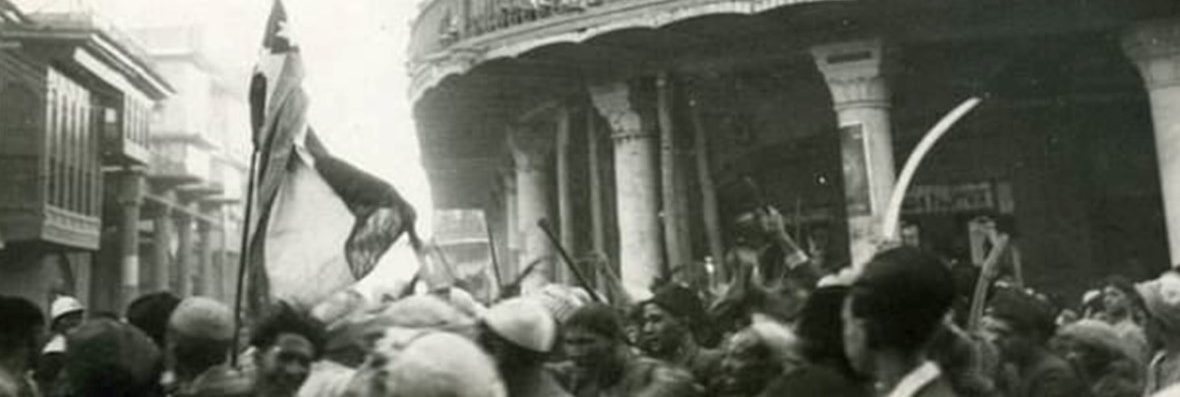
Leave a Reply